It was one of the best shows I had ever seen.
Now, in 2020, Fargo has released two more seasons, in 2015 and 2017. Another season is soon on the way. Fargo has been well received in all three seasons, having won 3 Golden Globes, over 50 other awards, and been nominated for over 200 awards. Fargo has managed to deliver a consistently entertaining, thought provoking, and stylistically told story in just 30 episodes, skillfully borrowing from and improving on the film it is inspired by.
The first season of Fargo is the most directly tied to the original film. The story focuses heavily on a detail from the film (which makes watching the original film very important). But more interestingly, the show uses many visual cues that are meant to tie the show and the film together. The main character, Lester Nygaard, played by Martin Freeman, and Jerry Lundegaard, the main character of Fargo 1996, can be seen as two interpretations of the same sort of character. The other main character of the season, Molly Solverson, also shares many visual similarities with the protagonist of the film, Marge Gunderson. The show also plays heavily into Fargo (1996)’s motif of the disillusioned small town police officer trying to bring about justice despite her department’s objections.
Season two of Fargo is likely the weakest of the three seasons released so far. This isn’t to say it’s bad, but it struggles to leave an impact compared to seasons one or three. The characters of season one are not as compelling as those of other seasons, and the story does not feel as complex. The gang war of season two lacks the intimacy that season one and season three feature; many caught up in it are characters which we spend little or no time getting to know. This is not to say the entire season is bad, however. There are still plenty of tense and surprising moments in this season. Stylistically this season leaves even more of an impact than its predecessor, most noticeably through a frequent use of split screen editing and other forms of fast paced editing. The score especially stands out, which was never a strong point of the film. Perhaps the most impactful aspect of this season are the major risks that are taken in the story. Without spoiling anything, this season features some very unique choices, which I can imagine some audience members will love and some will hate. Despite being the weakest of the three seasons, the second season of Fargo is still worth a watch.
Fargo (1996) as well as seasons one through three of Fargo are available now on Hulu, with another season coming soon. Fargo is well worth the price of a temporary subscription.

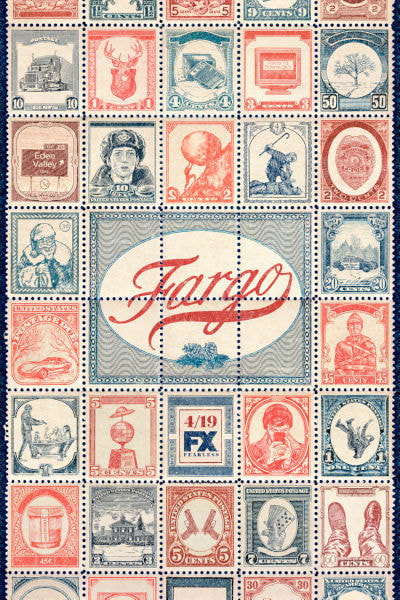
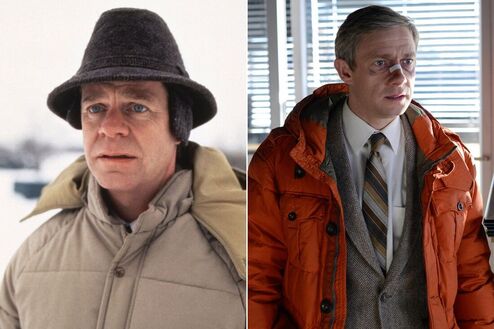
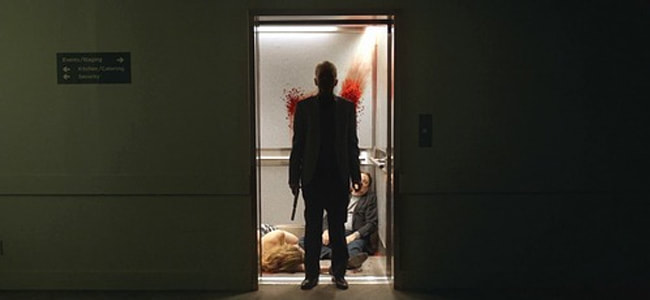
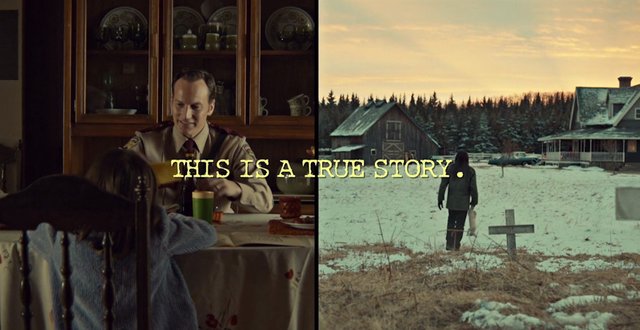
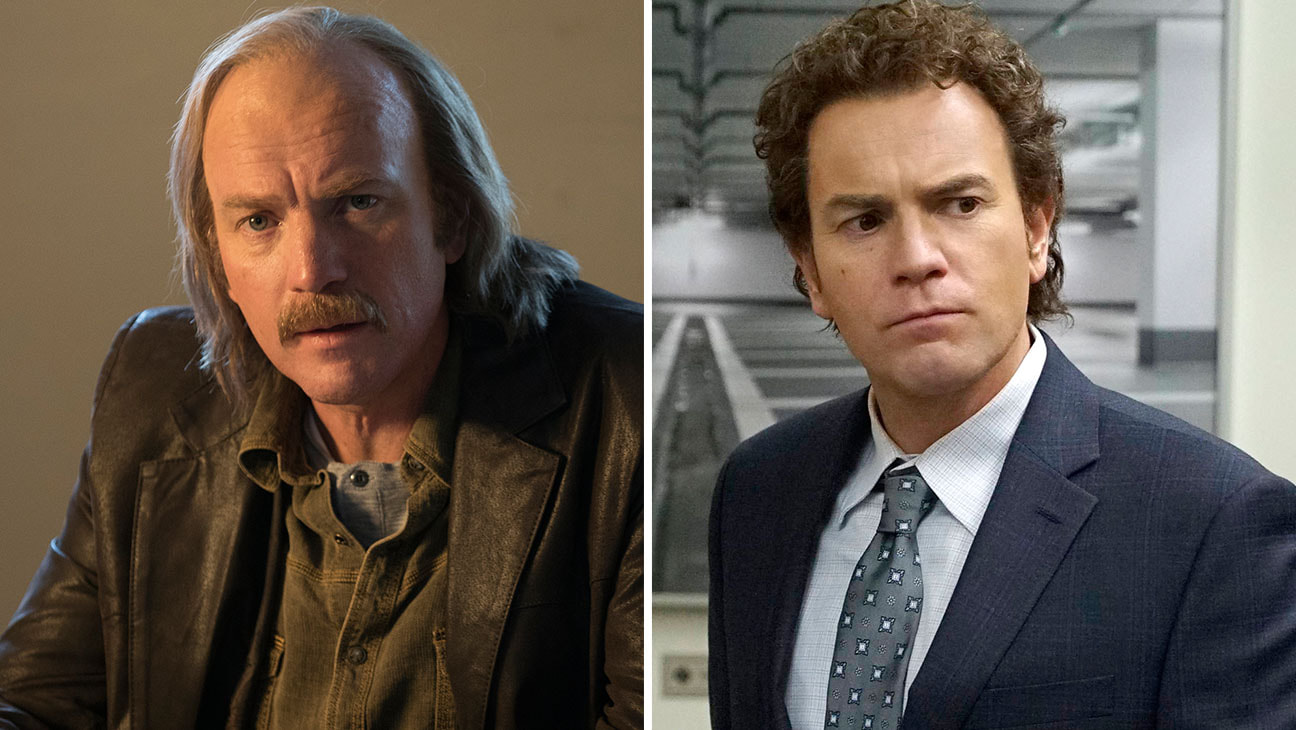
 RSS Feed
RSS Feed
